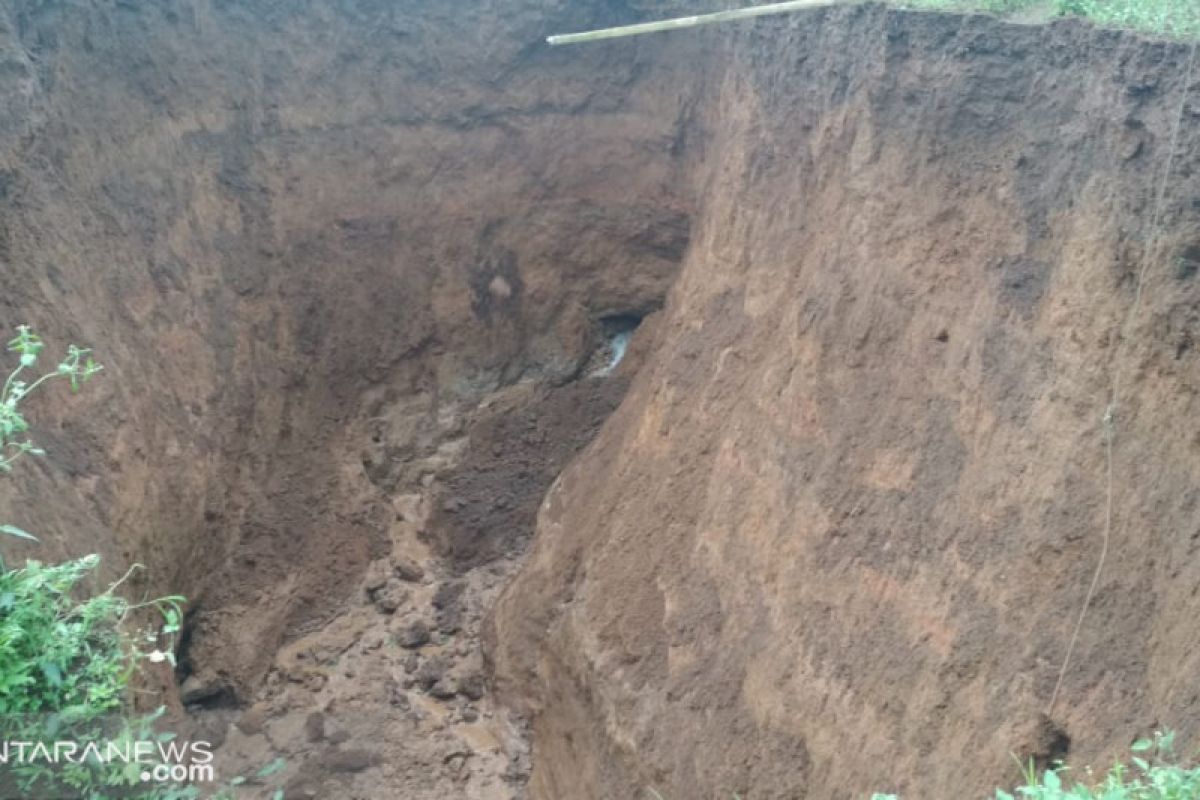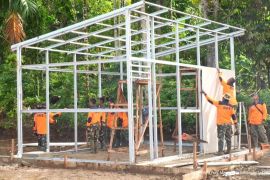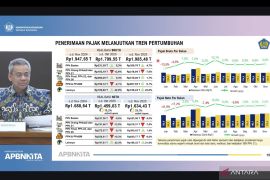"Prior to the land being buried by volcanic activity, a river flowed at the site where the hole had surfaced in Sukamaju Village, Kadudampit Sub-district. However, the river disappeared due to landfill and it resurfaced with the removal of large quantities of water, thereby resulting in the formation of the hole," Team Leader Emergency Response of Tanag Movement of West Java Geology Agency Edy Mulyadi remarked in Sukabumi, Sunday.
Mulyadi explained that water movement from the river resulted in the land ultimately caving in as a result of erosion by the water flowing underneath the area. However, this is a normal geological process resulting from natural processes.
The team additionally conducted a study and captured several photographs that led them to conclude that an underground river existed whose water had begun overflowing. Hence, possible collapses can eventually occur in other areas due to the flow of water underneath the land.
Furthermore, the water that continues to flow under the land has finally created a river flow that was initially lost due to landfill arising from volcanic activity since the location is below Mount Gede Pangrango that remains currently active.
"This hole is likely to keep growing in size, so residents here need to always maintain vigil and have been advised to not venture close to the area. We are particularly concerned about houses located in proximity since this disaster can be viewed as being risky," he added.
Mulyadi pointed to gravel present at the location that were volcanic ash. Hence, at this location, the hot cloud could not have possibly been converted, thereby resulting in water seeping through the cracks of the gravel, since if the rock is in the form of ash, it will easily erode.
The source of the water can be external or seepage from the fields. Hence, the hot clouds are wet and sticky in nature in addition to the presence of gravel, so the water could easily seep and result in the creation of this hole. (KR-ADR/INE).
EDITED BY INE
Translator: Eliswan Azly
Editor: Fardah Assegaf
Copyright © ANTARA 2019












